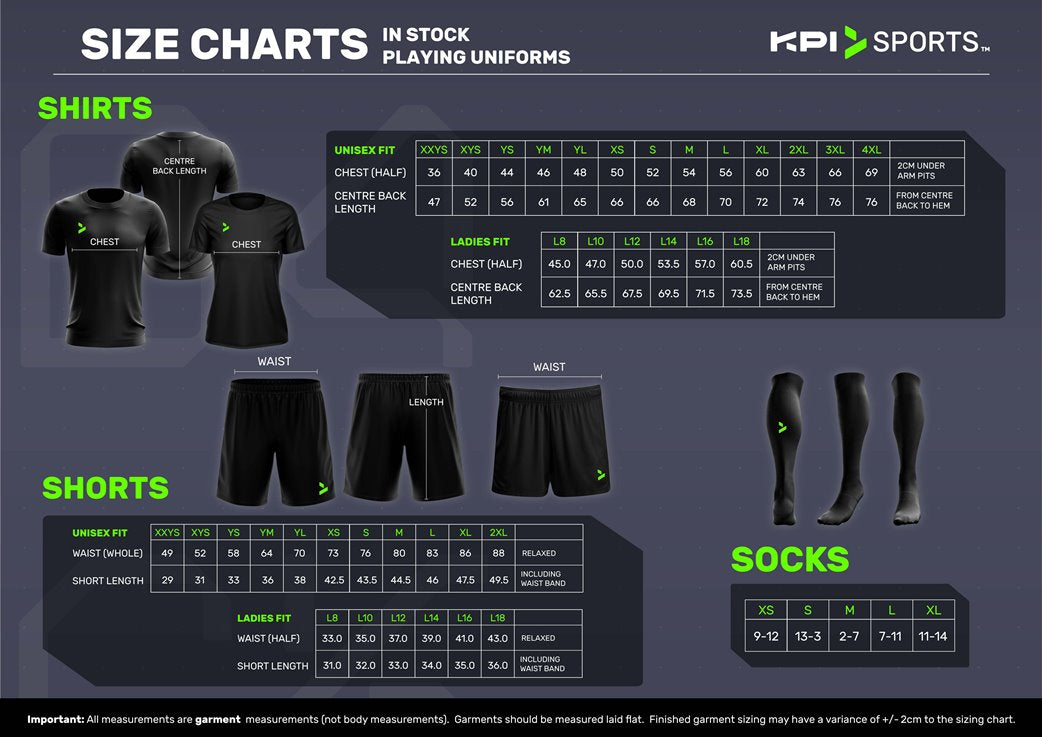Elevating Corporate Branding with Sublimation Printing

In the competitive world of corporate branding, businesses have a wide choice of brand touchpoints which can play a pivotal role in crafting a lasting impression on customers. Branded uniforms serve as a cornerstone for a business's external identity, projecting a sense of professionalism, consistency, and facilitating brand recognition. The benefits of uniform branding extend to businesses of all types and size, although traditionally small and medium sized firms have been restricted to purchasing wholesale stock and adding an embroidered logo. While large multi-nationals have excellent options in the creation of bespoke uniform ranges, many businesses are more limited when using traditional uniform suppliers.
The landscape for corporate branded uniforms is changing, especially for businesses seeking a distinct, unique range. Enter sublimation printing – a superior option that transcends the constraints faced by businesses when relying on traditional uniform suppliers. Sublimation printing is a specialised technology in textile decoration provides an unparalleled level of customisation in small production runs.
Sublimation stands out, not only for its versatility, but also for its suitability across a diverse range of business sectors. Traditionally, sublimation is widely recognised in sports apparel for its durability and customisation advantages. Sublimation has now emerged as a game-changer for corporate branding as the evolution of fabric technology and fabric types has broadened the spectrum of garment options available for businesses.
Why choose sublimation printing for your next corporate uniform?
Sublimation distinguishes itself with two exceptional features: complete customisable design and a lower minimum order quantity (compared to stock ordering). This flexibility in design allows a business to create a custom uniform that incorporates intricate brand details, logos, slogans, images and other distinctive elements. Furthermore, this versatility allows the same design to be applied across multiple uniform items, building a heightened visual consistency for the brand.
Beyond quantity, sublimation boasts superior durability compared to other branding methods. Through sublimation technology, the design, including all logos, becomes an integral part of the fabric, eliminating the possibility of peeling or fraying. Because of the production techniques, sublimated garments are available with a minimum order quantity as low as 10 units per item – a remarkably small number for made-to-order garments.
For businesses looking to prioritise their brand recognition and consistency, making a lasting impact with customers and stakeholders, sublimated corporate uniforms are a must-have for all your employees.
Learn more about sublimation
Sublimation printing combines heat, pressure, and specially formulated inks to achieve vibrant and permeant designs on various fabrics. What sets the creation of sublimated garments apart from traditional branded uniforms is the method of printing – ensuring a fully customised design is effectively printed directly onto the fabric.
To kickstart this innovative process, a digital image is crafted using software compatible with the sublimation printing machine. Sublimation inks, unique for their ability to transition from solid to gas and back to solid without entering a liquid phase, are then used to print the digital image onto transfer paper. Next, the printed transfer paper comes into direct contact with the fabric, and a heat press is applied along with pressure. Only under these conditions is the sublimation ink able to penetrate the fabric fibres. This outcome is remarkably high colour accuracy, sharpness and durability, with the printed design seamlessly integrating with the fabric’s texture. This meticulous process yields a long-lasting, fade-resistant, and intricately detailed image that preserves the natural properties of the fabric. As a result, sublimation printing emerges as an ideal choice for a diverse range of garments and textiles.
TAGS:






